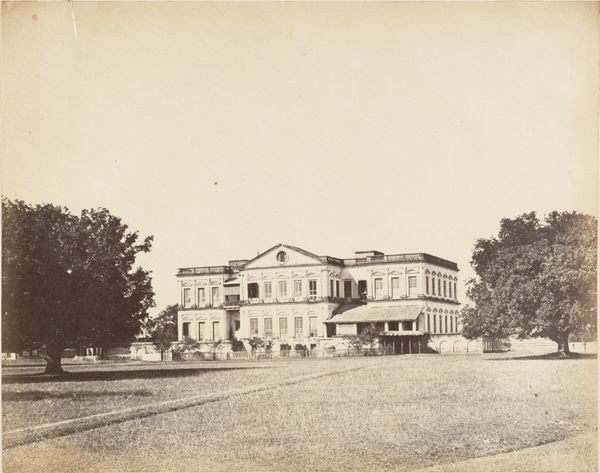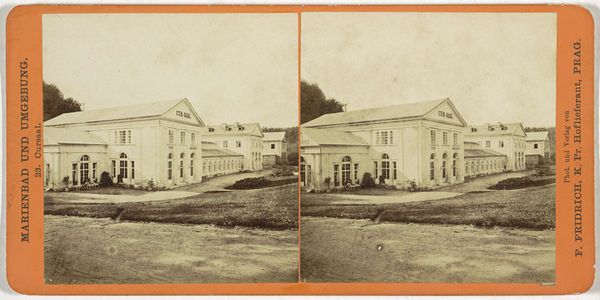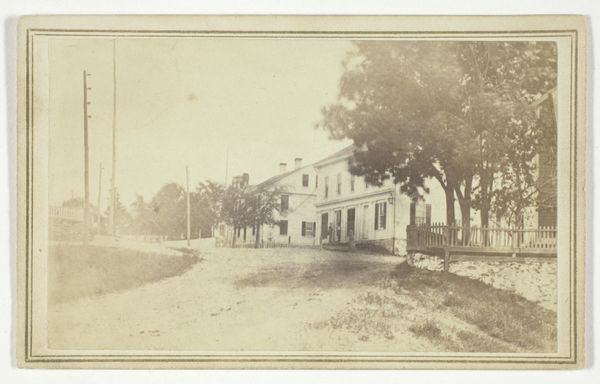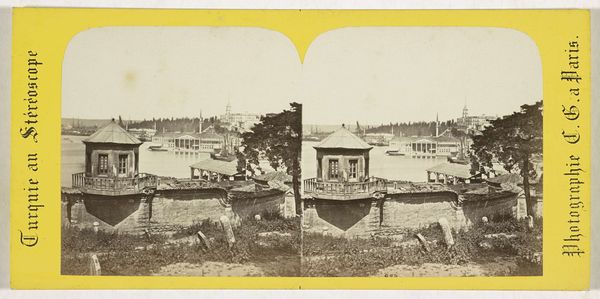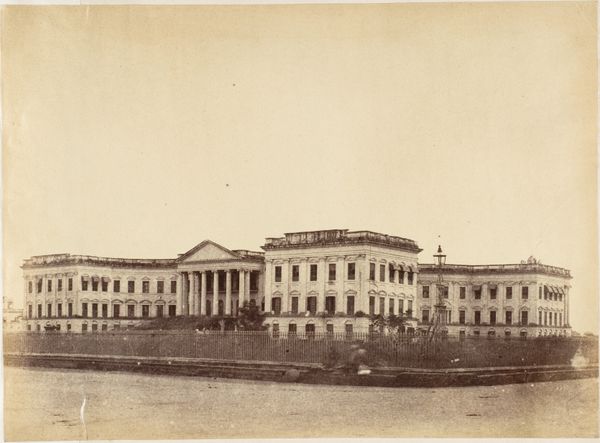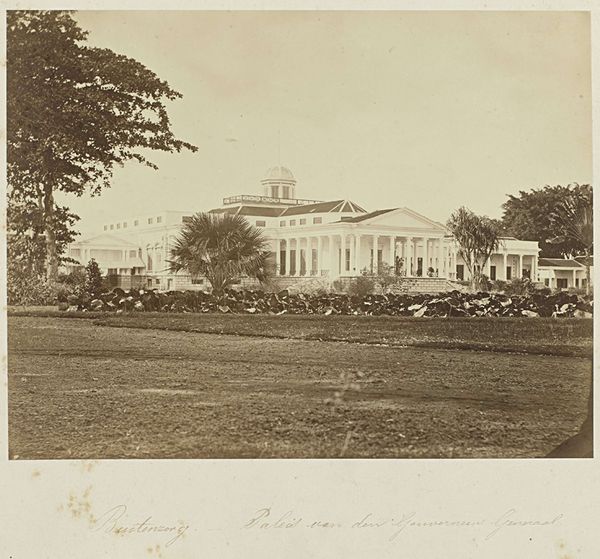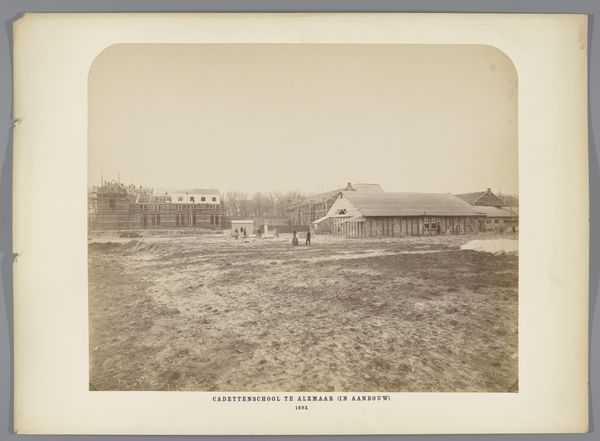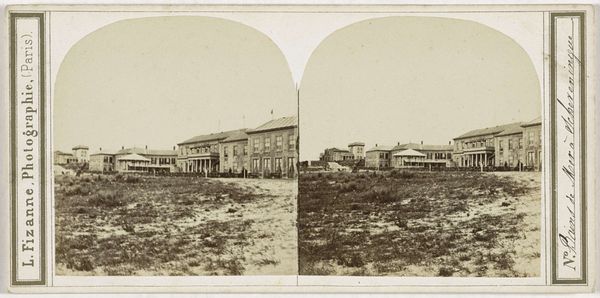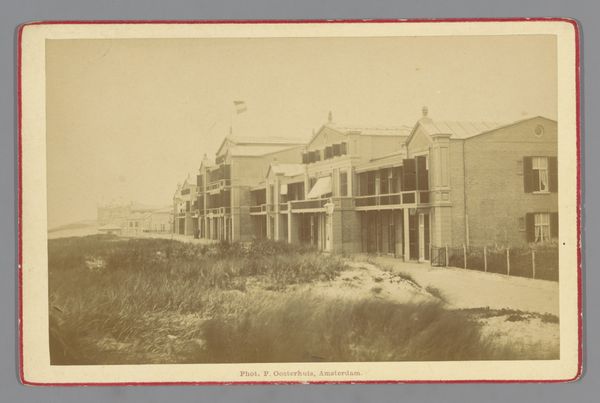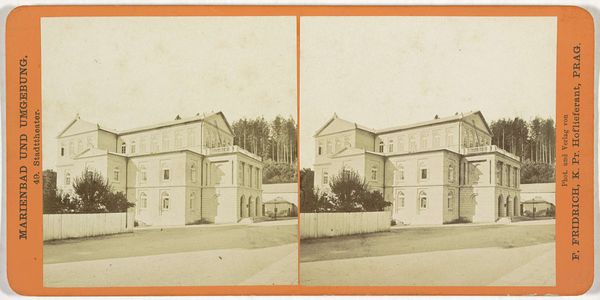
print, photography
# print
#
landscape
#
photography
#
historical photography
#
19th century
Dimensions: height 150 mm, width 210 mm
Copyright: Rijks Museum: Open Domain
Editor: So, this is "Fabriek Klatjie" by Kassian Céphas, a photograph from 1886 held at the Rijksmuseum. The factory building has a very linear design, contrasting sharply with the tropical setting, which evokes a feeling of imposed order. What are your thoughts on it? Curator: The starkness is key. Céphas, as a Javanese photographer, was documenting Dutch colonial Java. We have to ask, who was this "order" imposed upon, and at what cost? This isn't just a landscape; it’s a document of power. Look at the factory's architecture; those European lines are a foreign language imposed on the local landscape. The chimney is like a column, signifying industrial might, polluting the environment. How does the landscape around the building interact with it? Editor: I notice there is a field that surrounds the perimeter of the factory building, almost in the foreground of the photograph. There aren’t people visibly working the field, but perhaps their work isn’t the type we readily consider from the landscape. Is that your perspective as well? Curator: Precisely! Consider the absent labor. Where are the workers, the people who power this machine of industry? Their invisibility isn’t accidental. Colonial photography often erased the labor and lives of indigenous populations, presenting a sanitized, "productive" image that justified imperial expansion. It becomes vital to ask about this type of image making when photography becomes intertwined with racial objectification and subjugation. We have to unpack the ideological weight this photograph carries, beyond just its aesthetic qualities. Editor: I see what you mean. It's a landscape, but it's also a powerful statement about cultural and economic exploitation. Thanks, this perspective makes it a more meaningful artwork. Curator: Absolutely. By engaging with this difficult past, we can ensure we learn from it. Thank you, it's enriching to consider art's place in today's societal dialogues.
Comments
No comments
Be the first to comment and join the conversation on the ultimate creative platform.

